Take the First Step For Estimate!
- Accurancy
- Efficiency
- Transparency
- Customization
- Time Saving
- Professionalism
- Cost Control
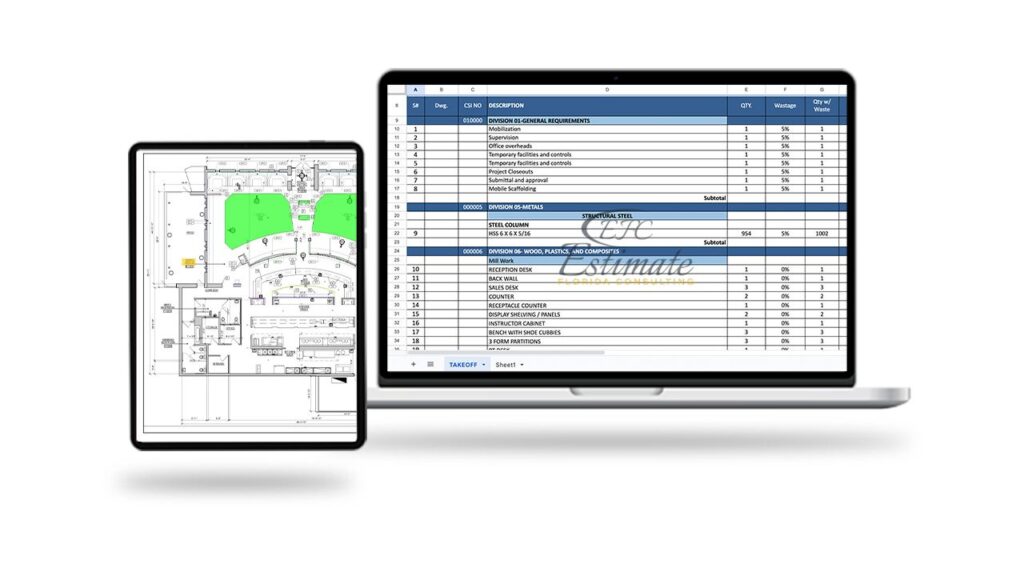
Public infrastructure projects, including airports, train stations, government buildings, and public schools, necessitate durable and long-lasting flooring solutions that can withstand heavy foot traffic and meet various safety and accessibility standards. The cost of flooring replacement for public infrastructure projects varies widely depending on factors like project size, type of infrastructure, chosen materials, and labor expenses. Estimates range from $2 to $20+ per square foot, totaling from $5,000 to $50,000,000+ for small to large projects.
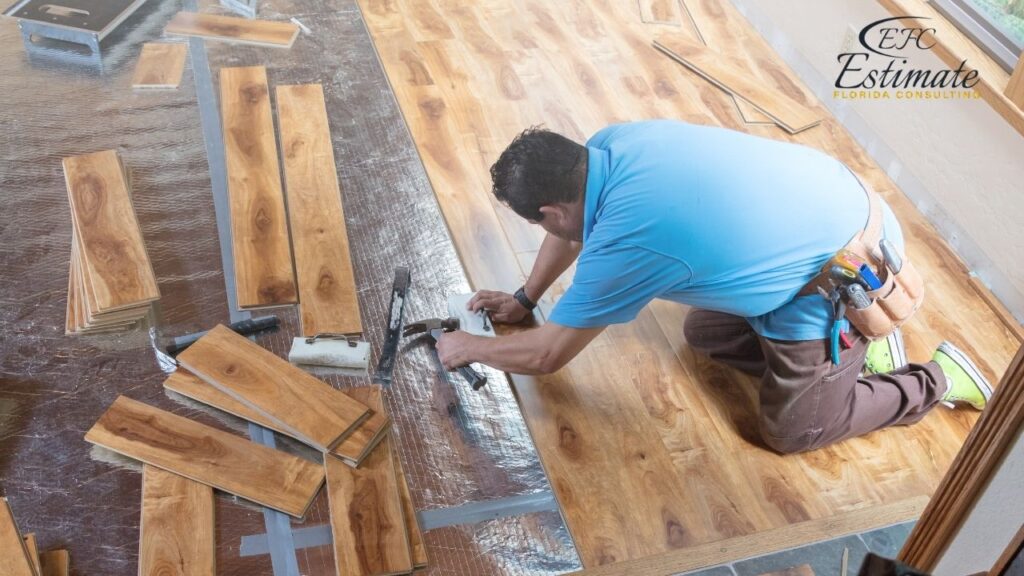

Infrastructure Type | Cost per Sq.Ft. | Project Size Range | Total Cost Estimate |
Airports | $2 – $20+ | Small to Large | $5,000 – $50,000,000+ |
Train Stations | $2 – $20+ | Small to Large | $5,000 – $50,000,000+ |
Government Buildings | $2 – $20+ | Small to Large | $5,000 – $50,000,000+ |
Public Schools | $2 – $20+ | Small to Large | $5,000 – $50,000,000+ |
When embarking on a flooring replacement project within public infrastructure settings such as airports, train stations, government buildings, and public schools, understanding the financial scope is crucial. The total cost is influenced by several key factors: the scale of the project, the specific type of infrastructure being addressed, the materials selected for the flooring, and the associated labor costs. With prices ranging from $2 to over $20 per square foot, the financial investment can vary dramatically, from as little as $5,000 for smaller undertakings to in excess of $50,000,000 for extensive, large-scale projects. This variance underscores the importance of accurate cost estimation to ensure projects meet their functional requirements and adhere to budgetary constraints while withstanding the rigors of heavy foot traffic and fulfilling safety and accessibility standards.
Selecting the right flooring material is crucial when estimating replacement costs, as it significantly influences both upfront expenses and long-term performance. Each material option comes with its own price point, durability level, and maintenance requirements. For example, opting for basic concrete resurfacing may offer affordability but could lack the aesthetic appeal or durability needed for certain environments. Premium materials like hardwood or natural stone may enhance aesthetics but come with higher upfront costs and may require more intensive maintenance.
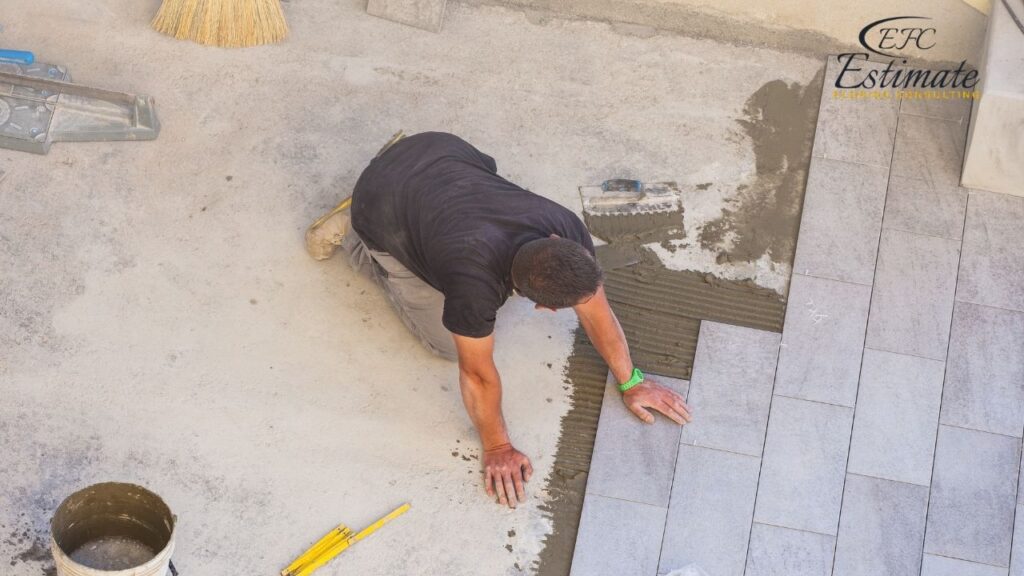
Considering factors such as budget constraints, functional requirements, and aesthetic preferences is essential in choosing the most cost-effective and suitable flooring material for the project.
The size and scale of the project area directly affect flooring replacement costs. Larger facilities naturally require more materials, labor, and time to complete the replacement process, resulting in higher overall expenses. Project scale also influences logistical planning and resource allocation, with larger projects typically requiring more extensive coordination and potentially specialized equipment. Understanding the correlation between project scale and budgetary estimates is vital for accurate cost projections and effective project management. By assessing the size and scope of the project upfront, stakeholders can develop realistic budgets and allocate resources efficiently.
The condition of the existing flooring surface significantly impacts the complexity and cost of replacement efforts. Comprehensive preparation and removal of existing flooring materials, such as addressing wear and tear or surface irregularities, can add substantial expenses to the project. These preparatory tasks often require specialized equipment and skilled labor to ensure proper substrate preparation for the new flooring system. Thoroughly evaluating the condition of the existing flooring and estimating associated preparation and removal costs is essential for developing an accurate project budget and timeline.
Labor costs represent a significant portion of flooring replacement expenses and are influenced by factors such as installation complexity and project scope. Complex installations, tight deadlines, or specific skill requirements may result in higher labor expenses. Skilled labor capable of executing intricate installations or addressing unique project challenges may command higher rates, contributing to increased overall costs. Additionally, project timelines and deadlines can impact labor costs, with expedited or off-hours installations potentially incurring premium rates. Understanding the variability of labor expenses and obtaining competitive bids from experienced contractors is crucial for accurately estimating project costs and ensuring cost-effective execution.
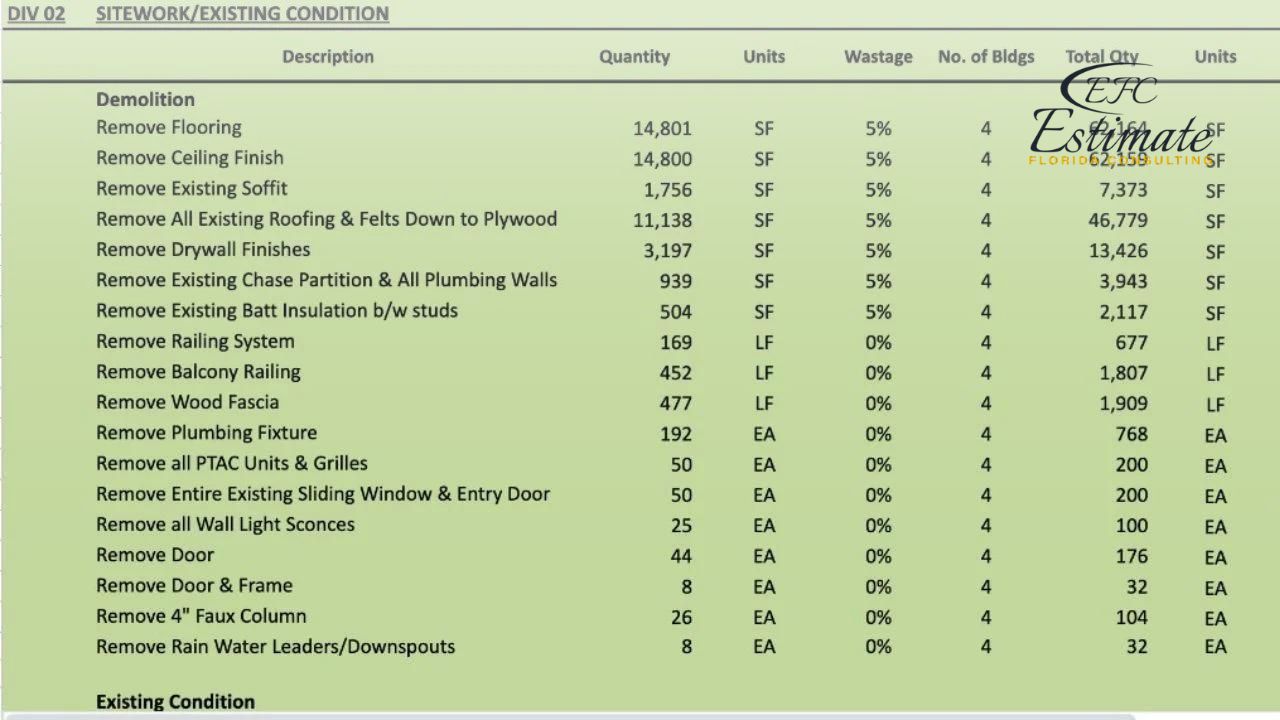
ZIP Code Based Estimate
Highly Accurate

Fully Insured License for Hire Contractor for Public Infrastructure Flooring Replacement
Hire Contractor
Make Informed Design Decisions Showcase Your Design Ideas
Get RenderingDesign and aesthetic considerations play a crucial role in flooring replacement projects, influencing material selection, layout, and finishing options. Premium materials, intricate designs, or custom finishes can significantly elevate project costs. Balancing aesthetic preferences with budget constraints is essential to ensure that the final outcome aligns with functional requirements while meeting visual expectations. Careful consideration of design elements, material choices, and finishing details is necessary to achieve desired aesthetic outcomes within predetermined budgetary parameters.
Accessibility and safety compliance are paramount considerations in flooring replacement projects, particularly in commercial and industrial settings. Compliance with regulatory standards and operational safety requirements may necessitate additional features such as anti-slip coatings or accessibility ramps, adding to overall project costs. Prioritizing accessibility and safety compliance ensures that flooring replacements not only meet regulatory standards but also contribute to a safe and functional work environment.
Logistical challenges, such as site access limitations or coordination with other trades, can introduce complexities and constraints that impact project costs. Addressing logistical considerations requires careful planning, coordination, and potentially additional resources, all of which contribute to overall project expenses. Anticipating and mitigating logistical challenges early in the project planning phase is essential for minimizing disruptions, avoiding costly delays, and optimizing project efficiency. Proactively managing logistical complexities ensures that flooring replacement projects proceed smoothly and cost-effectively, leading to timely completion and satisfactory outcomes.
Flooring options for public infrastructure projects need to be resilient, easy to maintain, and aesthetically pleasing. The choice of material significantly impacts both initial costs and long-term maintenance.
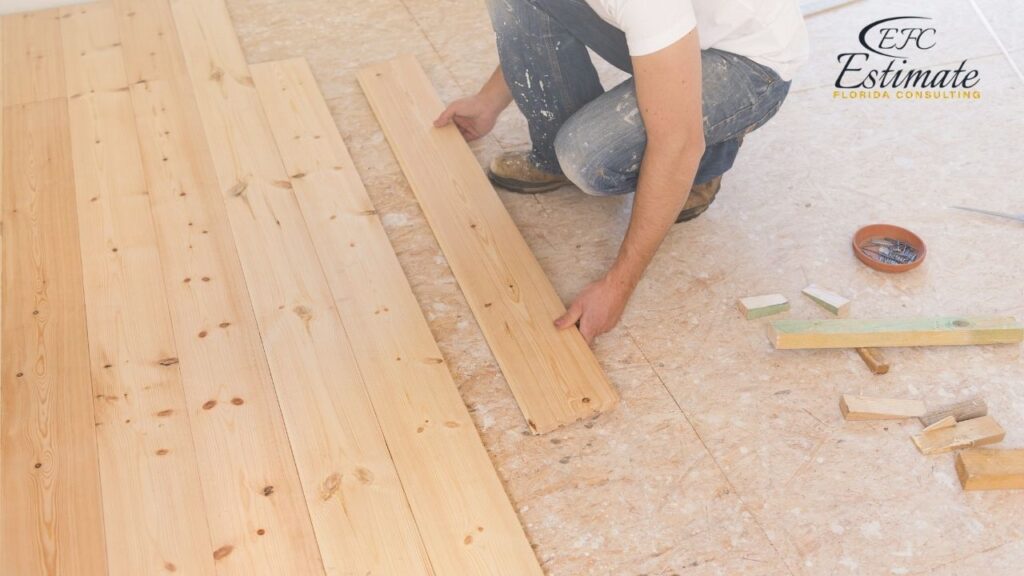
The scale and size of a flooring project have a direct impact on overall costs, encompassing both material expenses and labor considerations. In terms of materials, larger projects may benefit from bulk purchases, potentially reducing per-unit costs. However, the sheer size of the project area can also introduce complexities that impact labor expenses. Larger areas typically require more extensive installation efforts, including additional preparation work and longer installation times. Consequently, labor costs may escalate to accommodate the increased scope and duration of the project. Balancing material savings with labor expenditures is essential when assessing the financial implications of project scale and size.
Preparation work can include demolition, subfloor repairs, and leveling—key factors that vary widely in cost:
Begin the estimation process by thoroughly assessing the material requirements for the flooring project. Consider factors such as the type of flooring material chosen, its cost per square foot, and the total square footage of the project area. Research various suppliers and pricing options to determine the most cost-effective solution without compromising quality. Additionally, factor in any additional materials needed for installation, such as adhesives, underlayment, or trim pieces. By carefully evaluating material costs, you can develop a solid foundation for your overall budget.
So, why wait? Send us your plans and give us a call now. Let’s make your project a success together!

Labor expenses constitute a significant portion of the total project budget and should be carefully considered during the estimation process. Research local labor rates and industry standards to determine a realistic hourly wage for the installation team. Take into account the complexity of the installation process, as more intricate designs or specialized techniques may require skilled laborers who command higher rates. Additionally, factor in the projected timeframe for completion, as tight deadlines may necessitate overtime work or expedited services, which can increase labor costs. By accurately assessing labor expenses, you can ensure that your budget reflects the true cost of bringing your flooring project to fruition.
Proper preparation and removal of existing flooring materials are essential steps in ensuring a successful flooring installation. Estimate the costs associated with demolition, disposal, and subfloor preparation, taking into account the condition of the existing substrate and any necessary remediation work. Consider hiring experienced professionals for these tasks to ensure that they are completed safely and efficiently. Additionally, factor in any equipment rentals or specialized tools required for preparation and removal. By carefully estimating preparation and removal costs, you can avoid unexpected expenses and delays during the project.
If your flooring project involves custom designs, patterns, or logos, it’s important to budget accordingly for these elements. Collaborate with designers or graphic artists to develop the desired aesthetic, taking into account factors such as material selection, color choices, and installation methods. Consider the costs associated with design development, material customization, and installation labor. Additionally, factor in any additional expenses for materials or equipment needed to bring your custom design to life. By allocating resources for design and customization, you can ensure that your flooring project reflects your unique vision and brand identity.
Compliance with safety and accessibility standards is paramount in any flooring project, especially in public or commercial spaces. Research local regulations and industry guidelines to identify any mandatory safety features or accessibility requirements for your project. Factor in the costs associated with meeting these standards, such as anti-slip coatings, accessibility ramps, or safety signage. Additionally, allocate resources for any necessary inspections or permits to ensure that your project remains in compliance throughout the installation process. By prioritizing compliance and safety, you can create a safe and welcoming environment for occupants while avoiding potential fines or legal issues.
Consideration of logistical challenges is crucial for ensuring a smooth and successful flooring installation. Assess factors such as site access, scheduling constraints, and coordination with other trades to identify potential logistical hurdles. Allocate resources for any necessary accommodations or adjustments, such as phased installations, night work, or temporary closures. Additionally, factor in the costs associated with transporting materials to the site, storing equipment, and managing waste disposal.
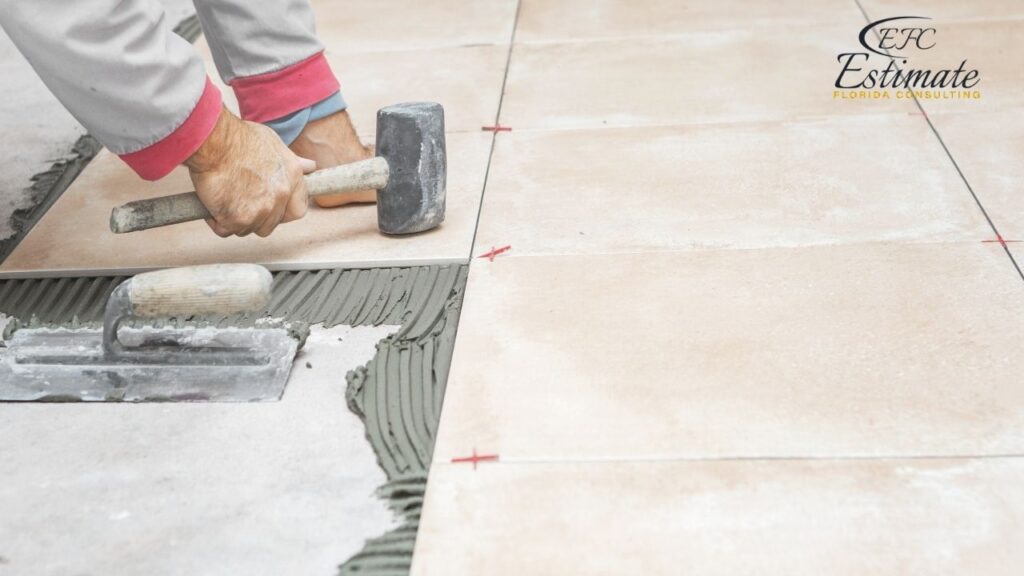
By proactively addressing logistical considerations, you can minimize disruptions and delays, ultimately saving time and money during the project.
Despite careful planning and preparation, unforeseen expenses and challenges may arise during the flooring installation process. To account for these uncertainties, allocate a contingency fund as part of your overall budget. Typically ranging from 10% to 20% of the total project cost, this reserve provides a buffer to cover unexpected costs or changes in scope. Use the contingency fund to address any unforeseen expenses that arise, such as additional materials, labor overages, or unexpected repairs. By including a contingency in your budget, you can safeguard against financial risk and ensure that your project remains on track, even in the face of unexpected challenges.
Receive highly accurate estimates tailored to your zip code, giving you the edge to secure more projects. Upload your plans and start winning!
The estimation of flooring replacement costs for public infrastructure projects involves careful consideration of various factors, including material selection, project scale, labor expenses, preparation needs, design requirements, compliance with regulations, and logistical challenges. By understanding the interplay of these elements and incorporating them into the cost estimation process, stakeholders can develop comprehensive budgets that align with project objectives and constraints. Additionally, advancements in flooring materials, installation technologies, and maintenance innovations offer opportunities to enhance durability, aesthetics, and functionality while optimizing long-term cost-effectiveness. Ultimately, thorough planning, strategic decision-making, and collaboration with experienced professionals are essential for successful flooring replacement projects within the public infrastructure sector.
Common public infrastructure projects that may require flooring replacement include airports, train stations, government buildings, public schools, hospitals, libraries, and community centers.
Larger projects typically require more materials, labor, and time to complete, resulting in higher overall expenses. Additionally, larger areas may introduce complexities that impact labor expenses, such as additional preparation work and longer installation times.
Key considerations include durability, maintenance requirements, aesthetic appeal, compliance with safety standards, and environmental sustainability. Each material option comes with its own price point and long-term performance characteristics.
Compliance with regulatory standards and safety requirements may necessitate additional features such as anti-slip coatings, accessibility ramps, or safety signage, adding to overall project costs. Failure to comply with regulations can result in fines or legal issues.
Innovative options include Ultra-High Performance Concrete (UHPC), Bio-Based Composite Flooring, Self-Healing Concrete, Photocatalytic Tiles, Interlocking Floor Tiles, Rapid-Cure Floor Systems, and 3D Printed Flooring, each offering unique benefits in terms of durability, sustainability, and functionality.
Stakeholders can proactively address logistical challenges by assessing factors such as site access, scheduling constraints, and coordination with other trades. Allocating resources for accommodations, adjustments, and contingencies helps minimize disruptions and ensures smooth project execution.
Here I am going to share some steps to get your flooring replacement cost for public infrastructure projects estimate report.
You can send us your plan on info@estimatorflorida.com
Before starting your project, we send you a quote for your service. That quote will have detailed information about your project. Here you will get information about the size, difficulty, complexity and bid date when determining pricing.
Our team will takeoff and estimate your project. When we deliver you’ll receive a PDF and an Excel file of your estimate. We can also offer construction lead generation services for the jobs you’d like to pursue further.



561-530-2845
info@estimatorflorida.com
Address
5245 Wiles Rd Apt 3-102 St. Pete Beach, FL 33073 United States
561-530-2845
info@estimatorflorida.com
Address
5245 Wiles Rd Apt 3-102 St. Pete Beach, FL 33073 United States
All copyright © Reserved | Designed By V Marketing Media | Disclaimer